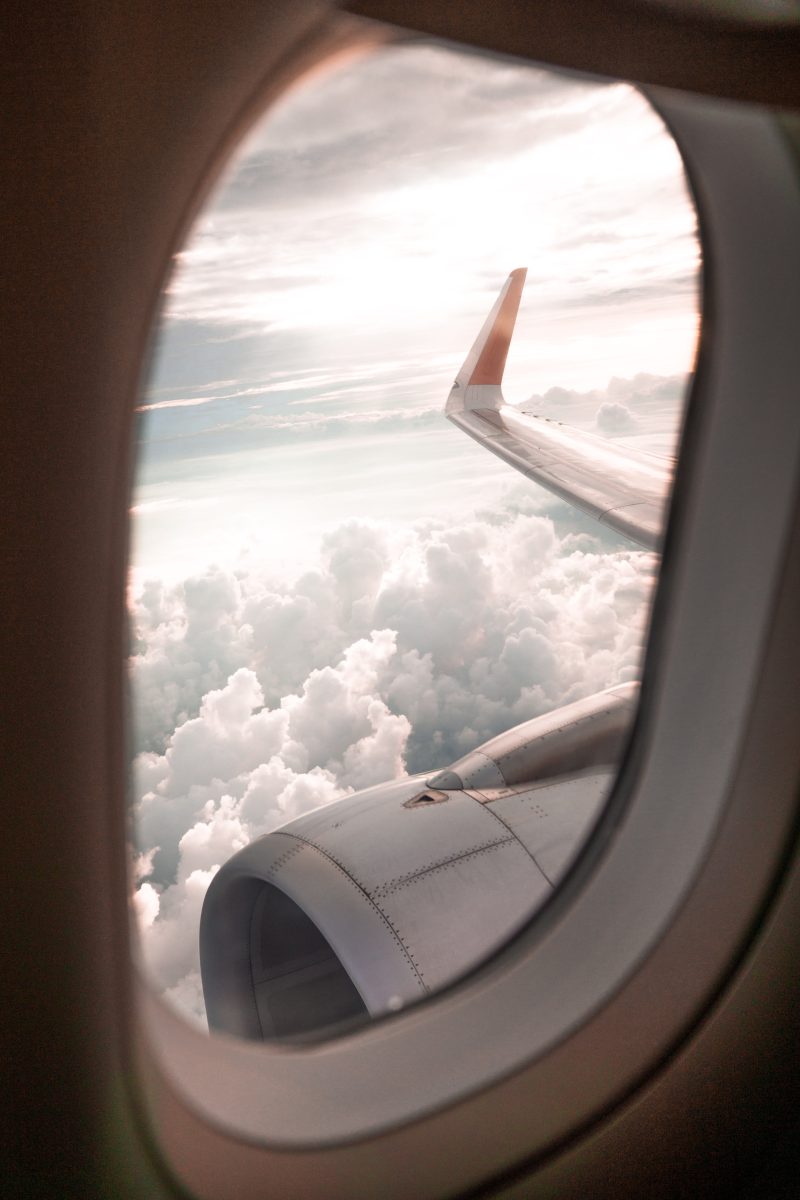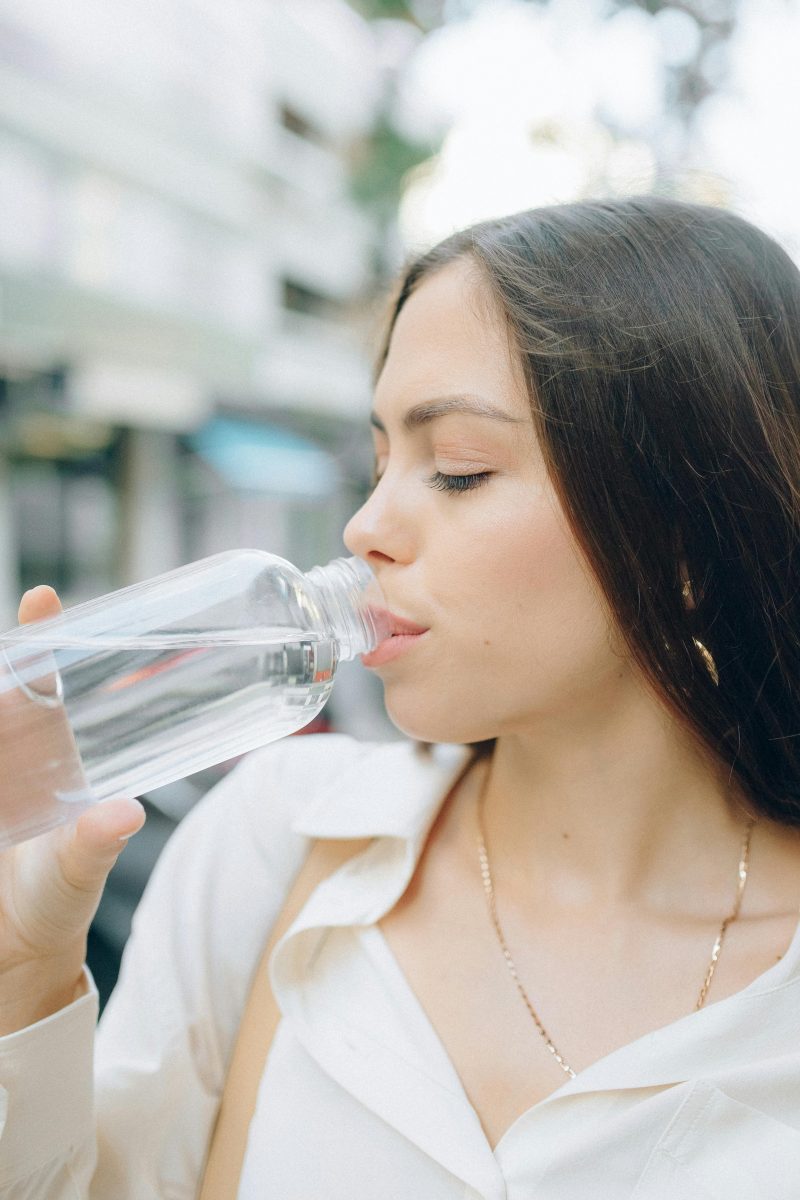
Milan, the fashion capital of Italy, is not only known for its stunning architecture and vibrant culture but also for its tap water. If you’re planning a visit or live in Milan, you may be wondering if it’s safe to drink tap water. In this article, we’ll explore Milan’s water supply, its safety, taste, and the environmental and health benefits of choosing tap water over bottled water.
Understanding Milan’s Water Supply
When it comes to understanding Milan’s tap water, it’s crucial to know the source and the treatment process it undergoes. Let’s dive deeper into these aspects.
Source of Milan’s Tap Water
Milan’s tap water primarily comes from underground aquifers and surrounding lakes. The main source is Lake Como, with its pristine and abundant water resources.
Lake Como, located in the Lombardy region of Italy, is not only a picturesque destination for tourists but also a vital source of water for Milan’s residents. The lake’s crystal-clear waters are fed by the surrounding Alps, ensuring a natural purity that serves as the foundation for Milan’s high-quality tap water. Additionally, the underground aquifers that contribute to Milan’s water supply act as natural reservoirs, storing water from rainfall and snowmelt to sustain the city’s water needs throughout the year.
Water Treatment Process in Milan
Before reaching your faucet, Milan’s tap water undergoes a rigorous treatment process. It starts with filtration to remove larger particles, followed by chemical treatments to disinfect the water and eliminate any potential pathogens. Finally, the water is chlorinated to ensure its safety.
Once drawn from Lake Como and the underground aquifers, Milan’s water treatment plants employ state-of-the-art technology to ensure that the water meets the highest quality standards. The filtration process involves the removal of sediment, debris, and other impurities, guaranteeing that the water is clear and free from visible contaminants. Subsequently, chemical treatments such as ozonation and UV disinfection are utilized to target any remaining bacteria or microorganisms that may pose a health risk. By the time the water is chlorinated as a final safeguard, it has undergone a comprehensive purification journey to deliver clean and safe drinking water to the residents of Milan.
Safety of Drinking Tap Water in Milan
When it comes to the safety of drinking tap water in Milan, Italian water quality standards provide a solid framework.
Italy’s water quality standards are stringent and closely monitored. Milan’s tap water adheres to these standards, ensuring that it meets the necessary health and safety requirements.
It is important to note that Milan’s water treatment facilities are equipped with advanced technology to ensure that the water supplied to residents is of high quality. The water undergoes rigorous testing for various contaminants to guarantee its safety for consumption.
Water Quality Standards in Italy
Italy’s water quality standards are set by the Ministry of Health and are in line with the European Union’s Drinking Water Directive. These standards cover parameters such as microbiological, chemical, and physical characteristics of water to safeguard public health.
The monitoring of water quality in Milan is a continuous process, with regular sampling and analysis conducted to detect any deviations from the established standards. This proactive approach helps in maintaining the integrity of the water supply system and ensures that any issues are promptly addressed.
Common Concerns about Tap Water
Despite meeting the standards, some people still have concerns about tap water. Let’s address a few common ones.
1. Taste and Odor: Some individuals may find Milan’s tap water to have a slightly different taste compared to what they’re accustomed to. However, taste preferences can vary from person to person.
2. Plumbing: Old plumbing systems can sometimes affect tap water quality. If you have concerns about your building’s infrastructure, consider using a water filter.
3. Lead Pipes: Milan has been proactive in replacing old lead pipes, minimizing the risk of lead contamination in tap water.
Taste of Tap Water in Milan
Now, let’s explore the factors that influence the taste of Milan’s tap water and how it compares to bottled water.
When it comes to the taste of tap water in Milan, one cannot ignore the influence of the city’s rich history and geography. Milan, known for its cultural heritage and bustling city life, also boasts a water supply that has been shaped by the surrounding natural environment. The water that flows through Milan’s taps carries with it a story of the region’s geological formations and aquifers, giving it a unique flavor that sets it apart from other cities.
Factors Affecting the Taste of Water
Several factors can impact the taste of tap water. These include minerals, temperature variations, and even the chemicals used in water treatment. Milan’s tap water has a distinct taste that reflects its unique mineral composition.
Moreover, the journey that water takes from the source to the tap can also influence its taste. Milan’s water infrastructure, with its mix of modern pipelines and historic channels, plays a role in shaping the water’s flavor profile. The pipes through which the water travels can impart subtle characteristics to the water, adding to its overall taste experience.
How Milan’s Water Taste Compares to Bottled Water
While taste preferences are subjective, many people find Milan’s tap water to be refreshing and of good quality. In fact, in blind taste tests, it has even been preferred over some commercially bottled waters. This shows that tap water can be just as enjoyable and satisfying.
Furthermore, the environmental impact of choosing tap water over bottled water cannot be overlooked. By opting for Milan’s tap water, residents and visitors alike contribute to reducing plastic waste and lowering carbon emissions associated with the production and transportation of bottled water. This conscious choice not only benefits the individual but also has a positive ripple effect on the planet as a whole.
Environmental Impact of Bottled vs. Tap Water
Switching to tap water not only benefits your taste buds but also the environment. Let’s explore the environmental impact of bottled water consumption.
When we delve deeper into the environmental impact of bottled water, we uncover a myriad of issues that go beyond just the plastic waste and energy consumption. For instance, the extraction of water for bottling purposes can strain local water sources, especially in areas already facing water scarcity. This can lead to conflicts over water rights and exacerbate water shortages in communities.
Plastic Waste from Bottled Water
One of the main environmental concerns with bottled water is the amount of plastic waste it generates. Plastic bottles contribute to pollution, take centuries to decompose, and harm wildlife. By choosing tap water, you can significantly reduce your plastic footprint.
Moreover, the production of plastic bottles for water packaging involves the consumption of fossil fuels and the release of harmful chemicals during the manufacturing process. These pollutants can leach into the environment, contaminating soil and water sources, and posing a threat to ecosystems and human health.
Energy Consumption in Water Bottling Process
The production and transportation of bottled water require substantial energy resources. From manufacturing bottles to transporting them across long distances, the carbon footprint associated with bottled water is significant. Drinking tap water helps decrease energy consumption and lower greenhouse gas emissions.
Additionally, the bottled water industry’s reliance on plastic packaging and transportation contributes to air pollution through vehicle emissions and energy-intensive production processes. This further underscores the environmental benefits of opting for tap water, which has a significantly lower carbon footprint and environmental impact compared to bottled water.
Health Benefits of Drinking Tap Water
Beyond the taste and environmental advantages, tap water also offers essential health benefits due to its mineral content.
Furthermore, tap water is often fortified with fluoride, a mineral that is crucial for maintaining strong teeth and preventing tooth decay. Fluoride in tap water helps protect tooth enamel and reduces the risk of cavities, making it a simple and effective way to support dental health.
Essential Minerals in Tap Water
Milan’s tap water contains essential minerals that are vital for your well-being. These minerals, such as calcium and magnesium, contribute to a healthy body and support various bodily functions.
In addition to calcium and magnesium, tap water can also contain trace amounts of other beneficial minerals like potassium and zinc. These minerals play key roles in supporting immune function, muscle contraction, and cell metabolism, further enhancing the health benefits of choosing tap water as your primary source of hydration.
Hydration and Health
Drinking an adequate amount of water is crucial for staying hydrated. By choosing tap water, you can easily access clean and safe water, helping maintain proper hydration levels and promoting overall health.
Proper hydration is essential for regulating body temperature, aiding digestion, and transporting nutrients throughout the body. Tap water provides a convenient and cost-effective way to meet your daily fluid intake needs, ensuring that your body functions optimally and stays healthy.
In Conclusion
So, can you drink tap water in Milan? Absolutely! Milan’s tap water is safe, meets quality standards, and has a unique taste derived from its mineral composition. By choosing tap water over bottled water, you can not only enjoy a refreshing drink but also contribute to a greener and healthier planet. Cheers to staying hydrated and making sustainable choices!







